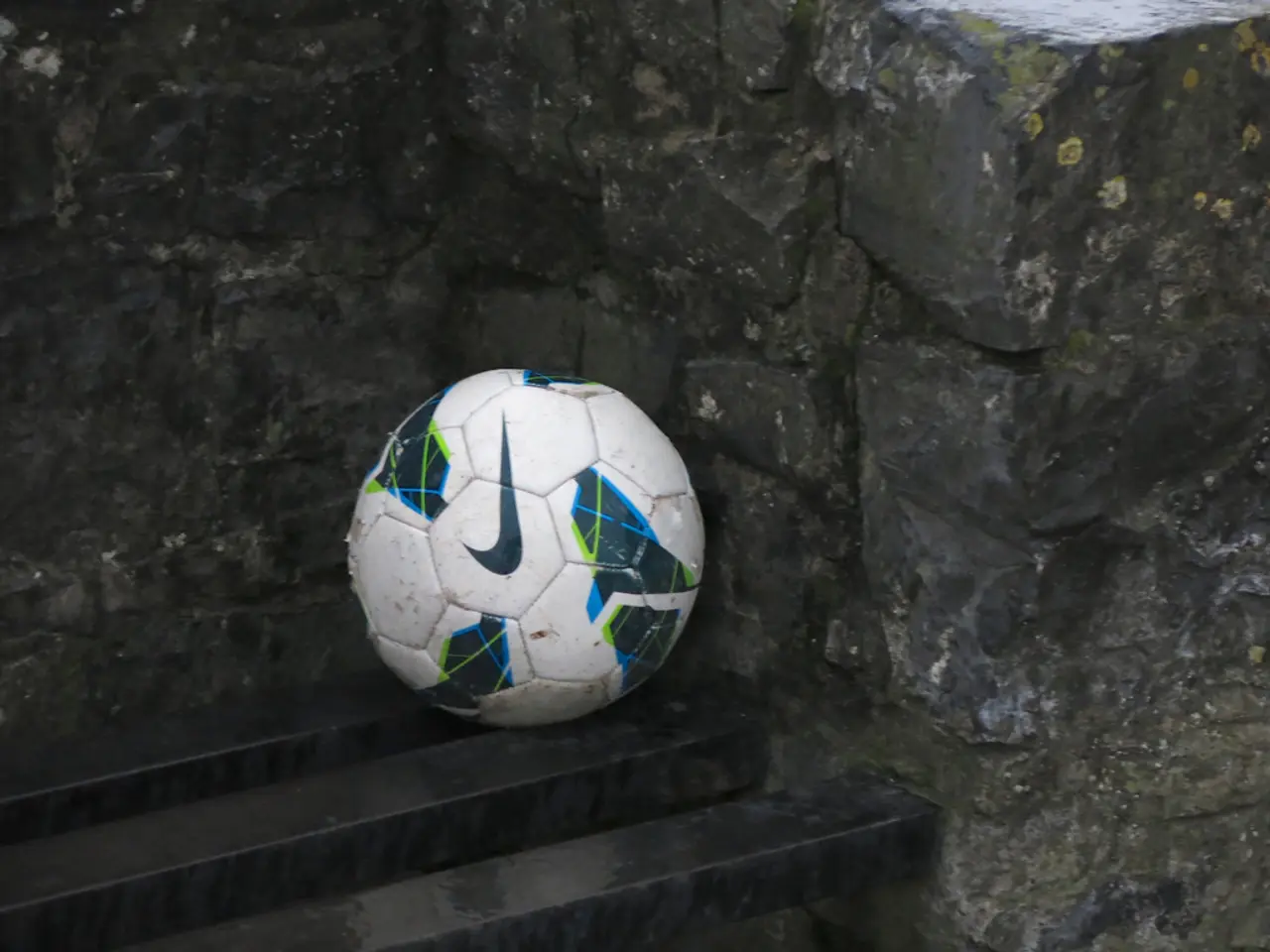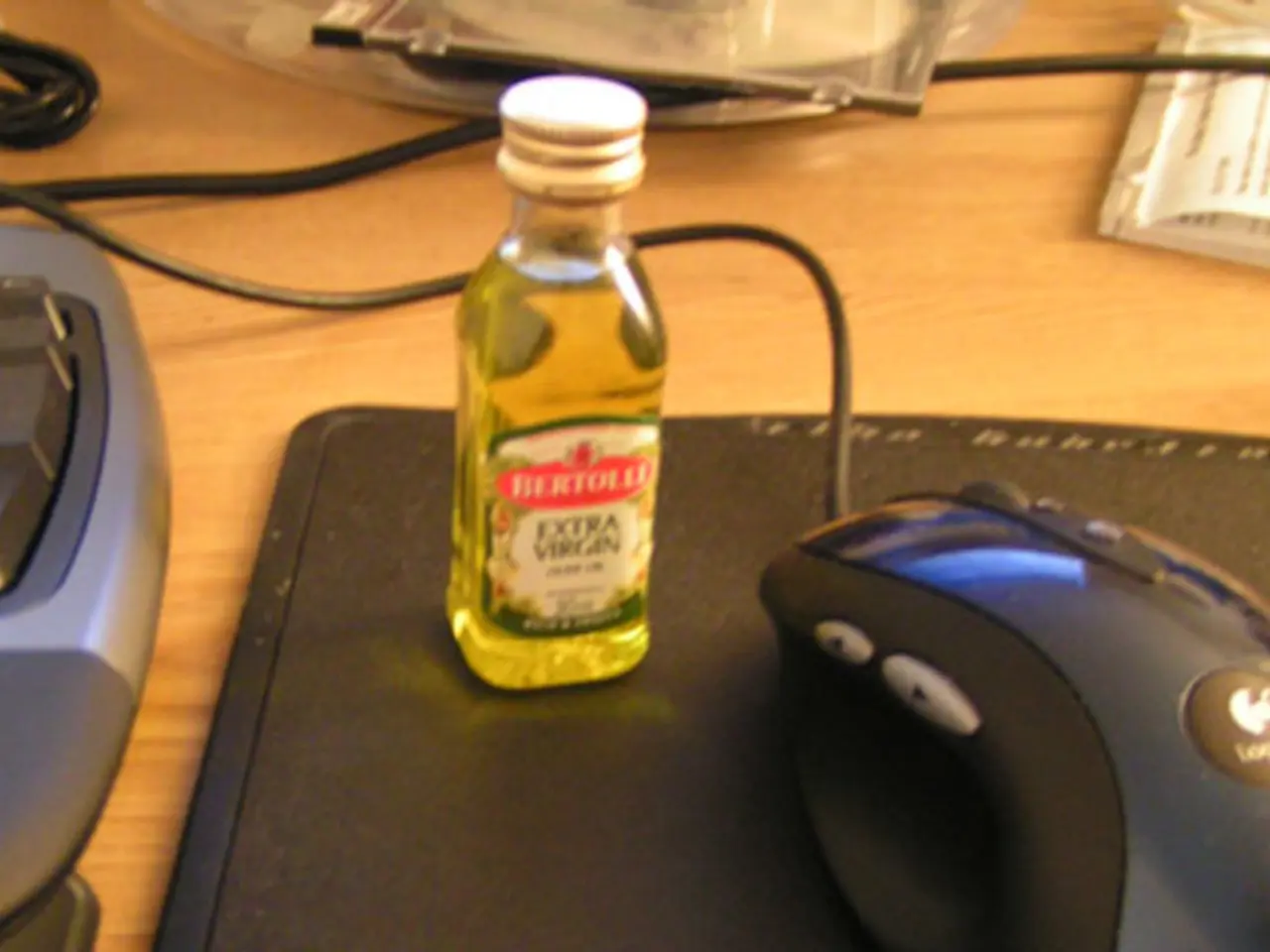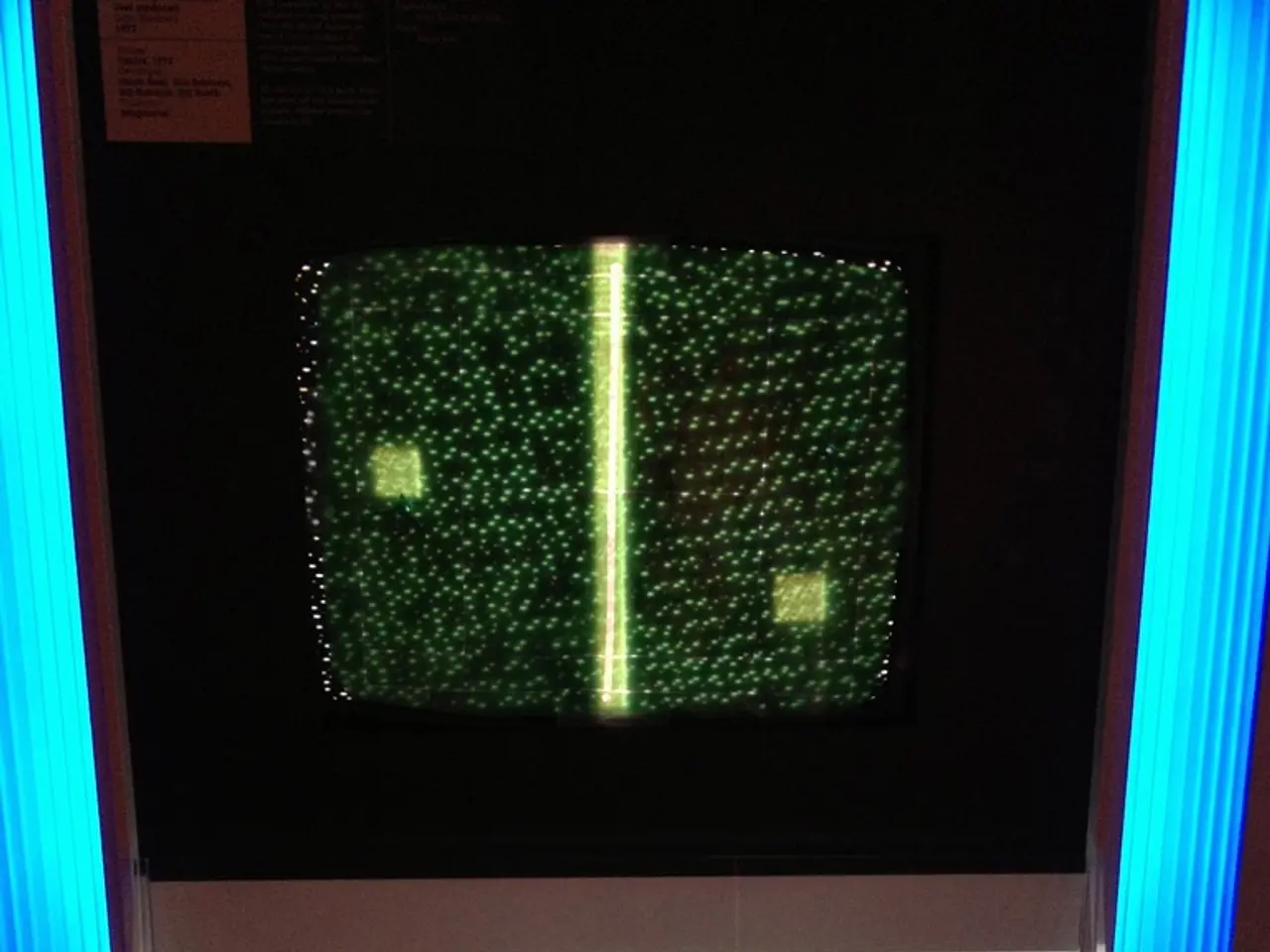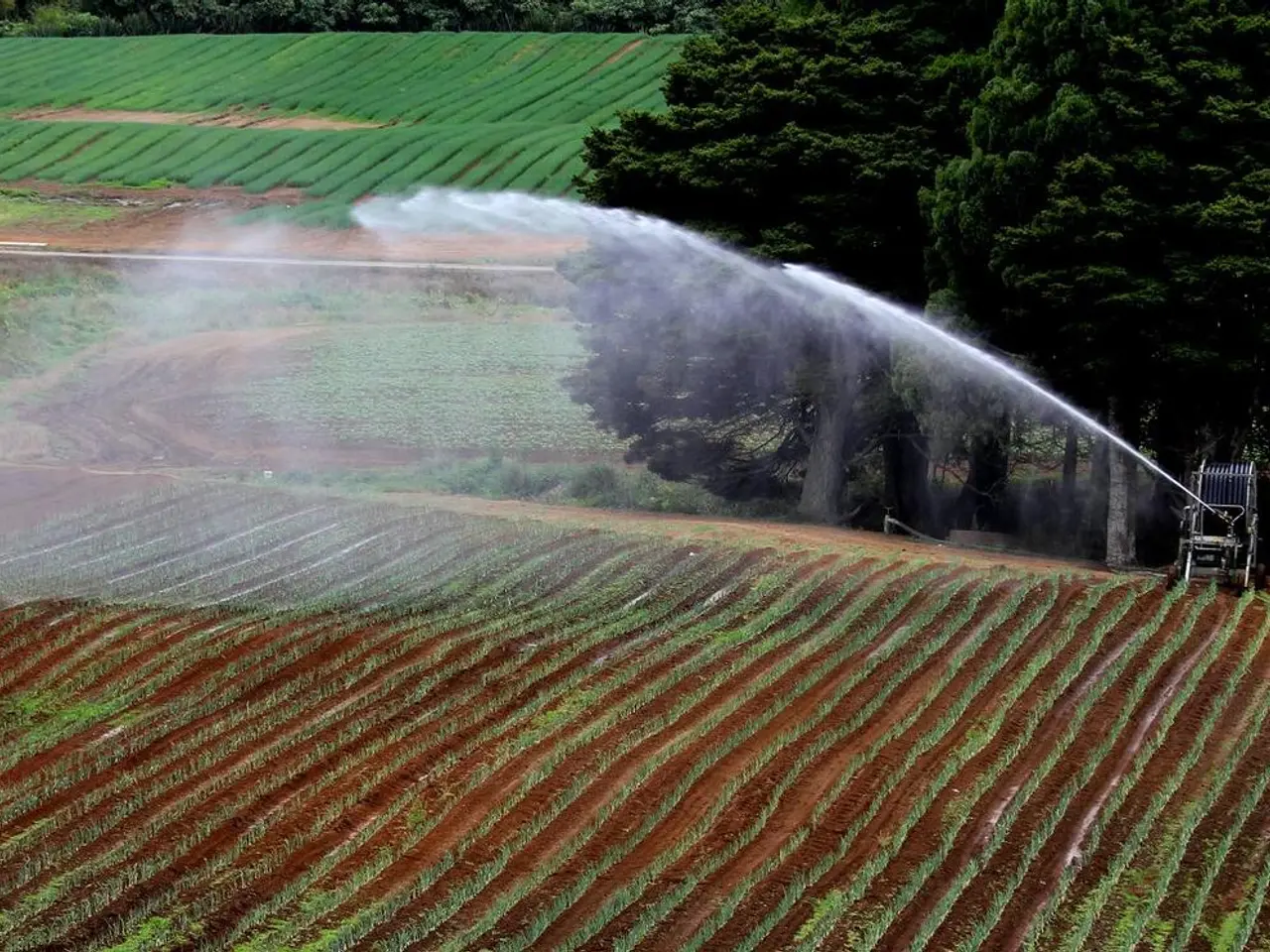Unveiling the Interior of a Golf Ball
Golf balls are not just simple spheres; they come in various constructions, each offering distinct properties suitable for different levels of golfers. Here's a breakdown of the properties and differences between one-piece, two-piece, three-piece, four-piece, five-piece, and even six-piece golf balls:
## Properties and Differences
### **One-Piece Golf Balls** - **Construction**: Made from a single piece of material, often used for practice balls. - **Properties**: Generally cheaper, less durable, and provide minimal performance. - **Usage**: Rarely used in real games due to their lack of performance characteristics.
### **Two-Piece Golf Balls** - **Construction**: Consists of a core and a cover. - **Properties**: High durability, straighter shots, more distance, and a softer feel. - **Pros**: Cost-effective, good for beginners and high-handicappers who prioritize distance. - **Cons**: Less spin, which can limit control on shots requiring spin.
### **Three-Piece Golf Balls** - **Construction**: Includes a core, mantle layer, and a cover. - **Properties**: Offers a balance between distance and spin, suitable for average golfers. - **Pros**: Provides a better feel and more control around the greens compared to two-piece balls. - **Cons**: May be less durable than two-piece balls.
### **Four-Piece Golf Balls** - **Construction**: Adds another mantle layer for increased spin control. - **Properties**: Designed for low-handicappers seeking high spin and control on approach shots. - **Pros**: Provides excellent control and spin, making it ideal for better players. - **Cons**: Requires solid contact to perform well, which can be challenging for less experienced golfers.
### **Five-Piece Golf Balls** - **Construction**: Includes a core, three mantle layers, and a cover. - **Properties**: Offers a soft feel with enhanced spin around the greens and low spin off the tee for distance. - **Pros**: Suitable for skilled golfers who want both distance and short game precision. - **Cons**: More expensive than simpler constructions, less durable.
### **Six-Piece Golf Balls** - **Note**: There is little to no mention of six-piece golf balls in standard golf ball constructions. Most innovations stay within the 2- to 5-layer range.
The number of layers in a golf ball affects its spin, durability, feel, and overall playability. Two-piece balls are ideal for beginners, while more layers provide better performance for skilled players. However, the complexity and cost of construction increase with more layers.
The largest component of a golf ball is the rubber core, usually made of polybutadiene, a type of synthetic rubber known for its elasticity and strength. The mantle in a three-piece golf ball is made of rubber, and it plays a crucial role in controlling the ball's spin.
One-piece golf balls are solid and made of Surlyn, a type of ionomer resin, while the outer layer of a two-piece golf ball is often made of Surlyn, but some balls use urethane. A high-spin mantle helps with control, while a low-spin mantle helps with distance.
In addition to the information above, staying updated on the latest golf news, equipment, and reviews can help you make informed decisions about your equipment. Consider subscribing to the Golf Monthly newsletter for regular updates on tour news, equipment news, reviews, and more.
- "Staying updated with the latest advancements in golf ball technology, such as the emergence of six-piece golf balls, could offer new possibilities for sports enthusiasts in terms of spin, durability, feel, and overall playability."
- "In the realm of golf equipment, golf balls made with advanced technology, like higher-layer constructions such as five-piece golf balls, cater to skilled golfers who prioritize both distance and short game precision."




